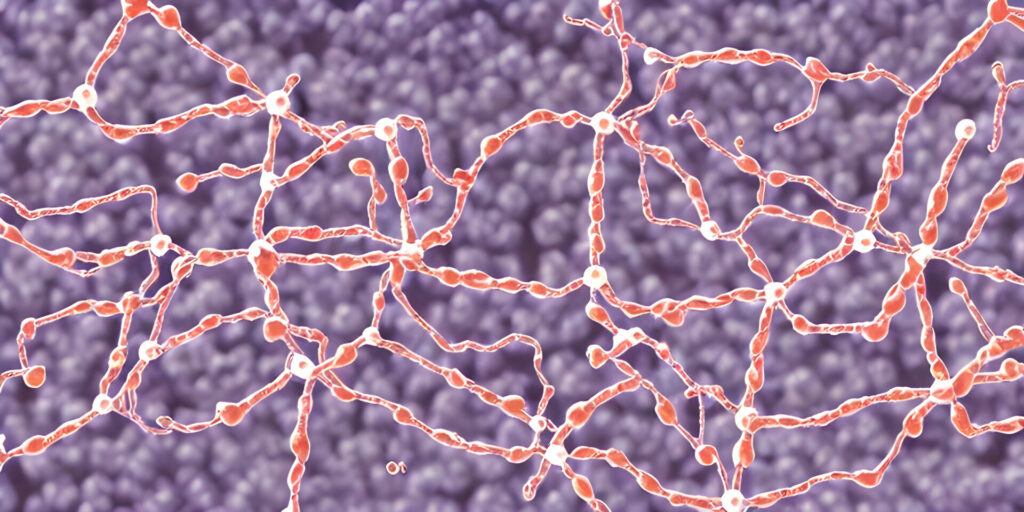
In order to understand how cannabis can help with reducing inflammation in joint cells, we must first examine the basic biology of cells and how they communicate with each other. Every cell in our body has a phospholipid bilayer as its outer membrane, which acts as a barrier between the cell’s interior and the outside environment. Transmembrane bound proteins can be found on this outer membrane, and these proteins can either be internal or external to the cell.
These transmembrane bound proteins are equipped with an “antenna” or recognition protein that matches with the immune cell’s antenna. Normally, the “antennas” between cells and immune cells communicate with each other with no issues. However, in a normal human body, the joints don’t repair themselves as quickly compared to other cells. In these cases, the joint cell’s antenna can fall off, and this means that the immune cells cannot communicate with the joint cells.
When this happens, it sends a signal to the immune system to destroy this broken joint cell because the immune system thinks the cell does not belong to your body. Peroxisomes play a role by producing histamine, which causes the inflammation. In the case of a joint, it can inflame so much that it locks the joint and becomes immobile.
So how can cannabis aid this process? Research has shown that CBG can prompt the immune system to relax by calming down the peroxisomes and reducing the heightened response, ultimately decreasing inflammation.
This is why balms and topicals work so well. When you apply them to the targeted area, CBG can directly interact with the cells in that area and help to reduce inflammation. However, it’s important to note that not all cannabis products are created equal. The cannabis extraction method can significantly impact the concentration of CBG and other beneficial compounds. We will talk more on the different extraction methods in future blog posts.
New to Cannabis-based topicals? Try our THC pain relief cream.
